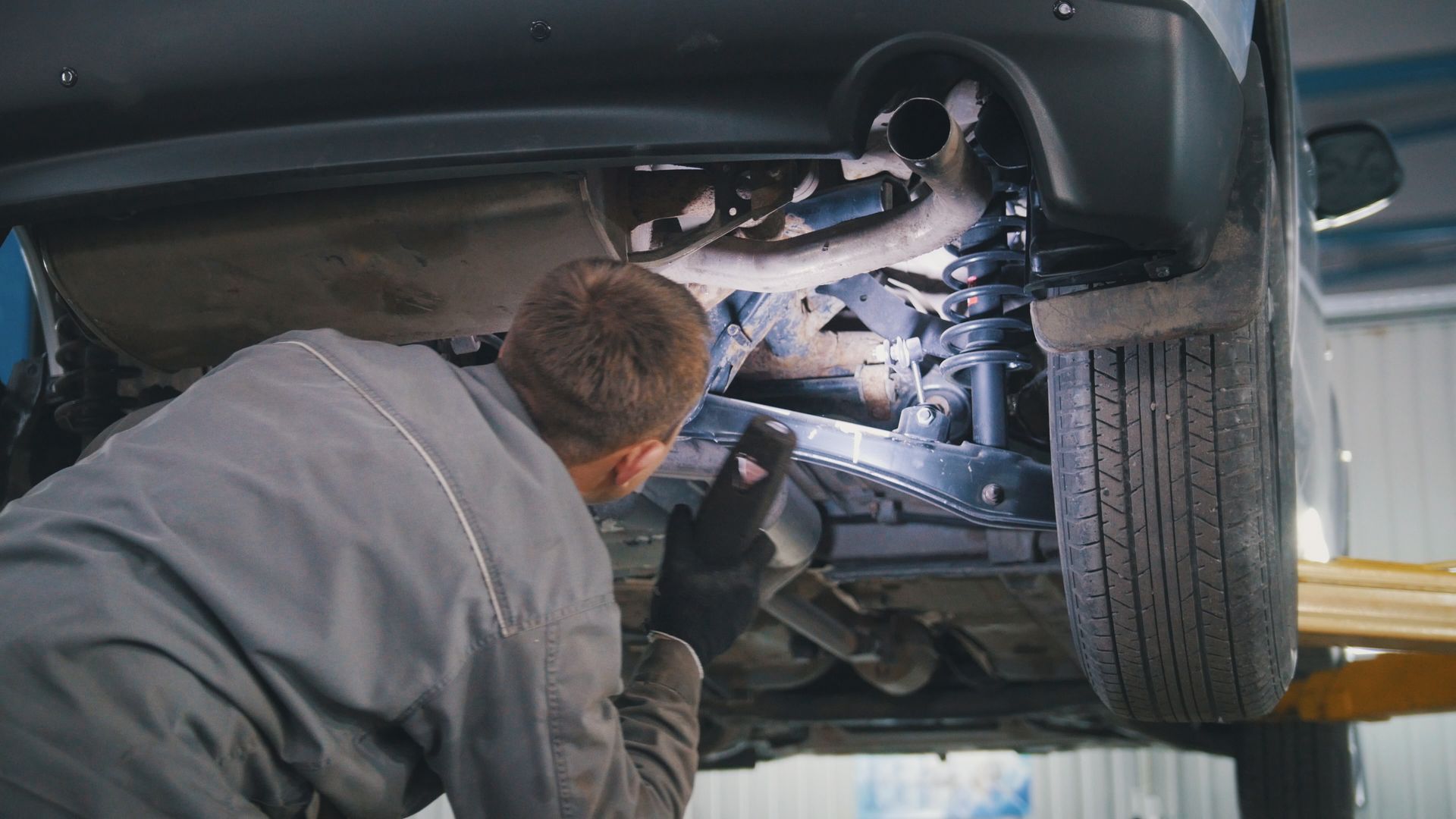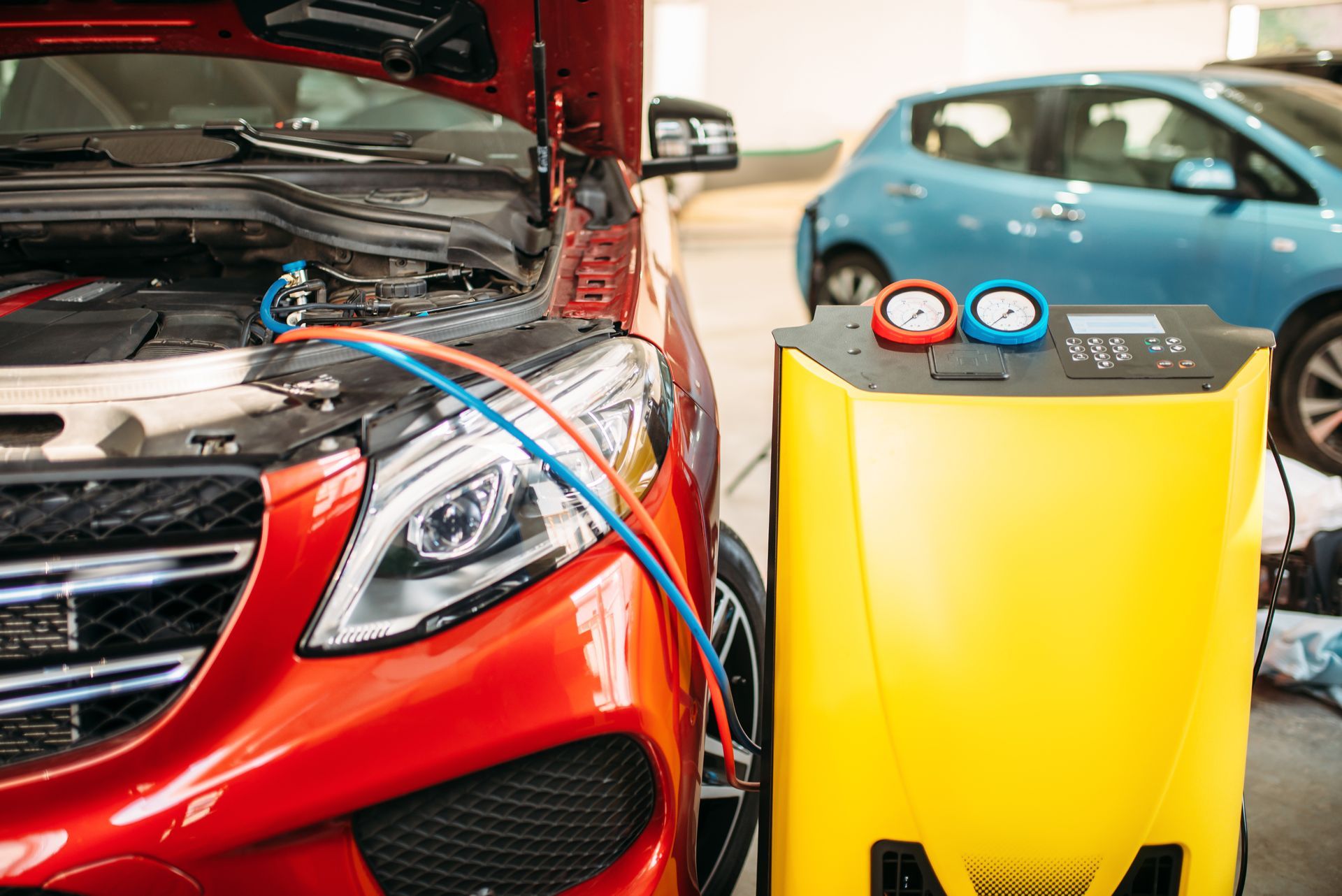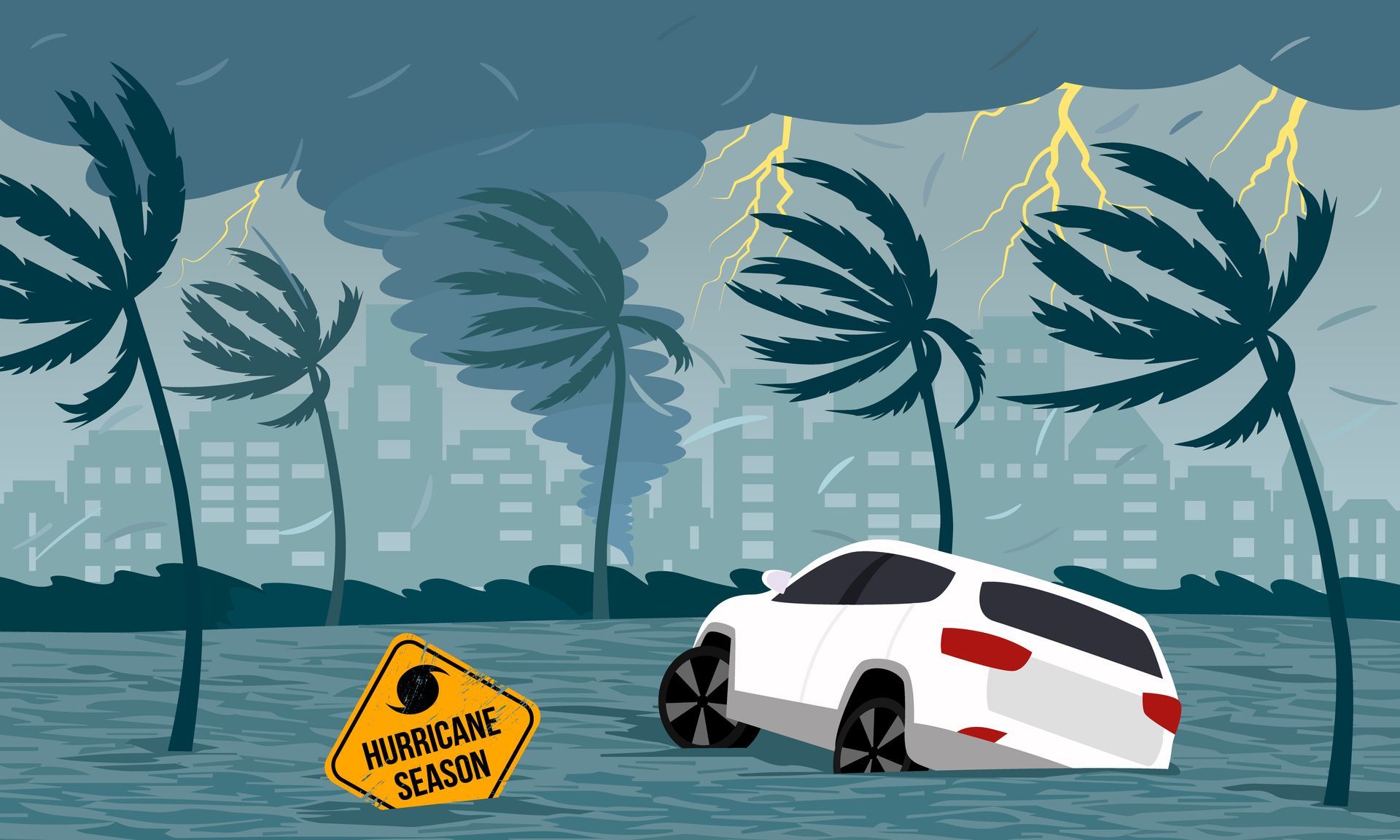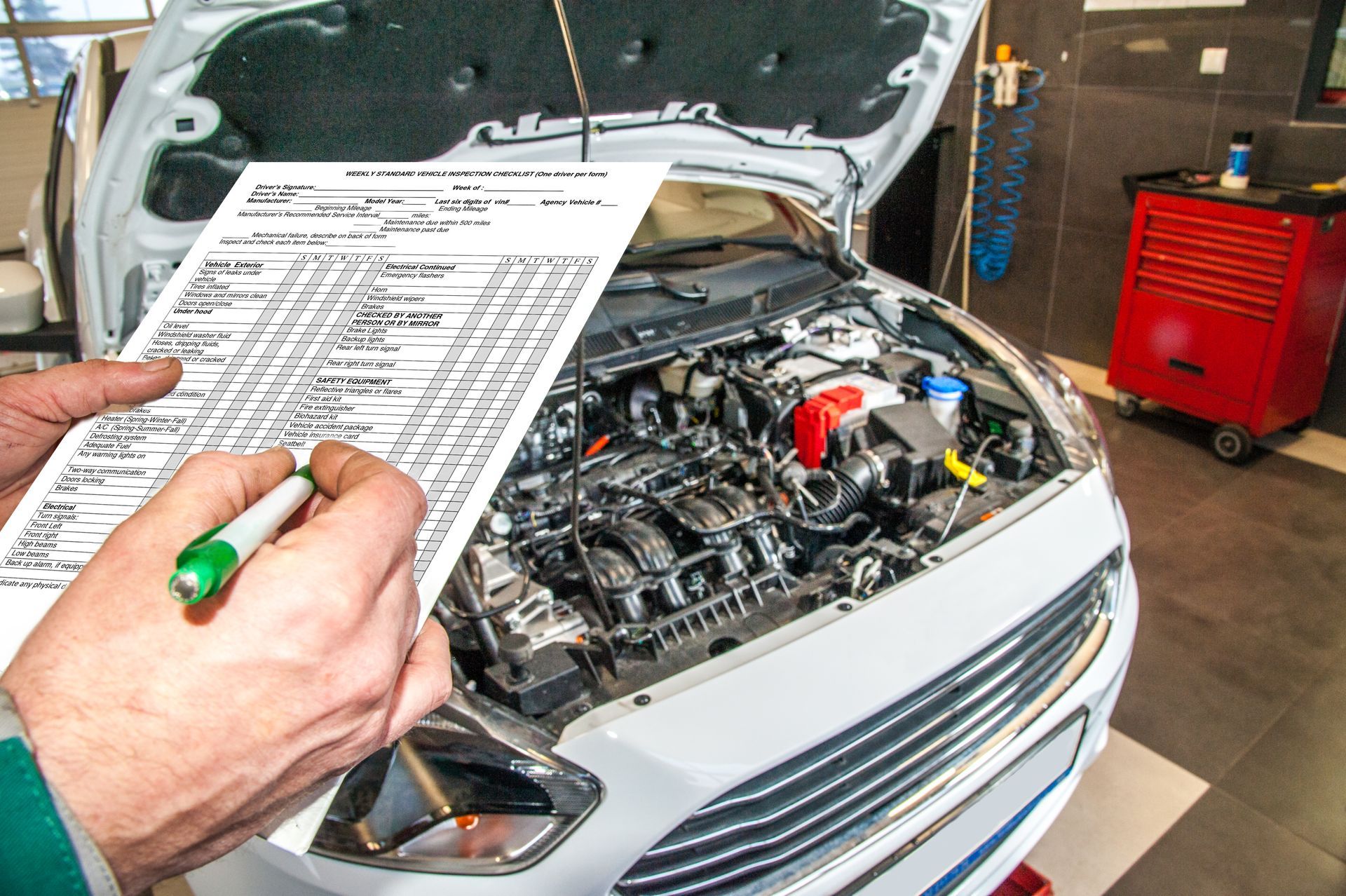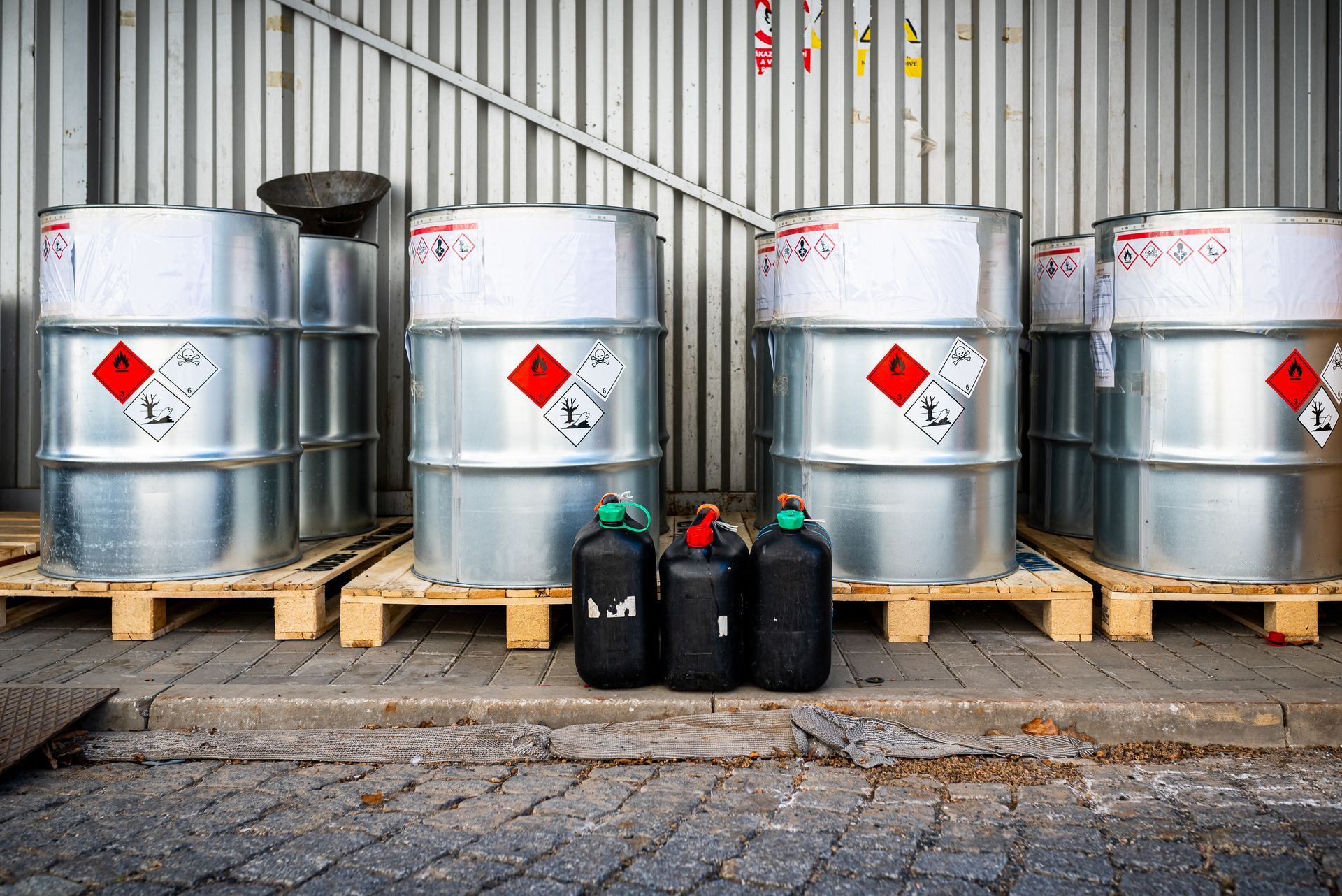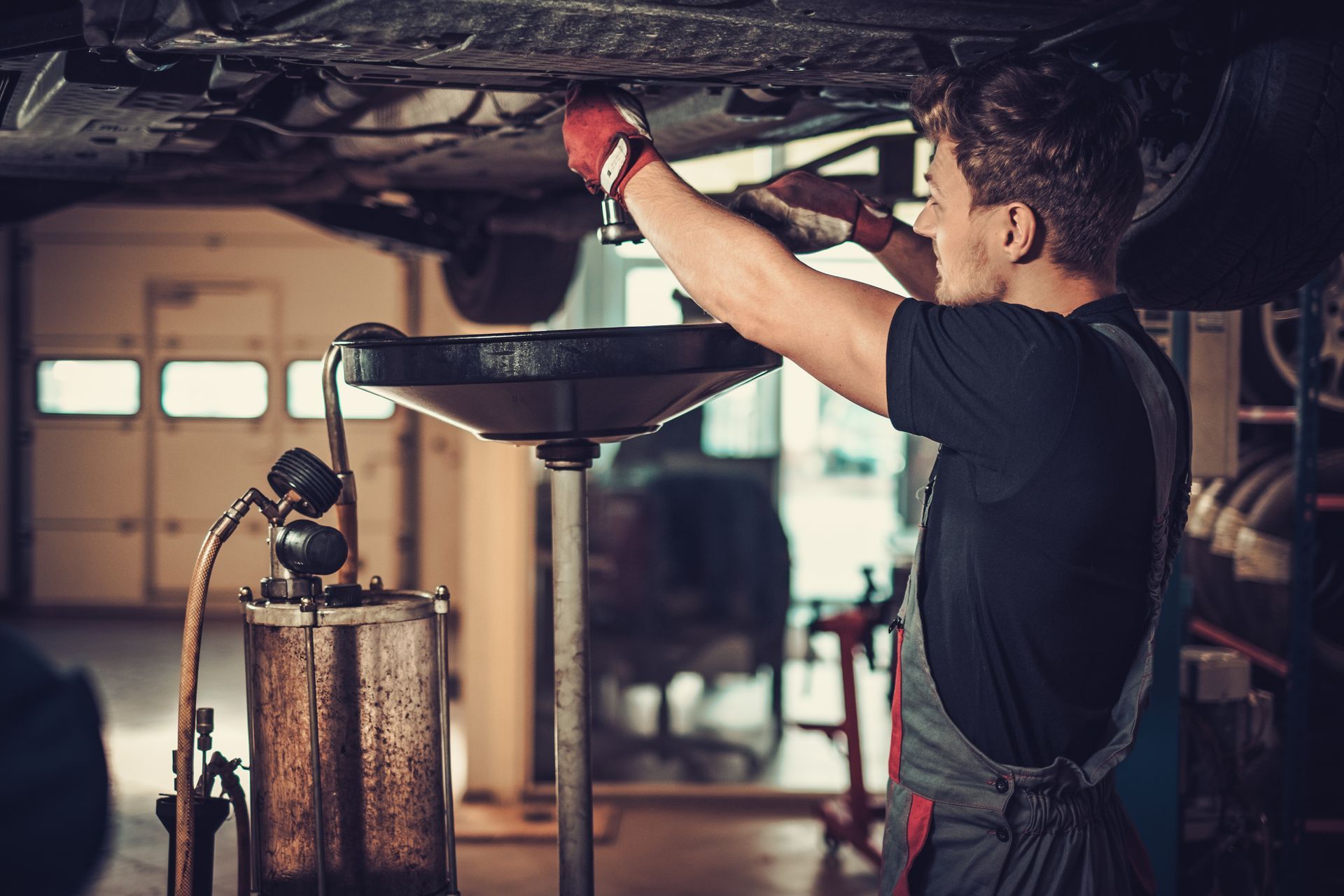Your vehicle’s thermostat may be small, but it plays a big role in regulating engine temperature. If it stops working correctly, your car can quickly overheat or run too cold, both of which can cause serious damage. Knowing how the thermostat works, the symptoms of failure, and what to do if it’s faulty can help you protect your engine and avoid costly repairs.
How the Thermostat Works in Your Cooling System
The thermostat controls the flow of coolant between your engine and radiator. When your engine is cold, the thermostat remains closed, allowing the engine to warm up quickly. Once the engine reaches the correct temperature, the thermostat opens, letting coolant flow through the radiator to prevent overheating.
If the thermostat sticks in the closed position, coolant can’t circulate properly, causing the engine temperature to rise rapidly. If it sticks open, the engine may never reach optimal temperature, leading to poor fuel efficiency and increased wear over time.
Signs of a Faulty Thermostat
A malfunctioning thermostat often shows clear warning signs:
- Rapid Overheating: The most obvious sign of a stuck-closed thermostat.
- Temperature Fluctuations: The gauge may swing from cold to hot without warning.
- Coolant Leaks: Excess heat can create pressure that forces coolant out of hoses or the radiator cap.
- Poor Cabin Heat: A stuck-open thermostat can keep the engine from producing enough heat for the heater to work properly.
How Overheating Damages Your Engine
An overheating engine can warp the cylinder head, damage the head gasket, and even seize internal components. These repairs can be far more expensive than replacing a faulty thermostat. If you notice your temperature gauge climbing quickly, it’s important to pull over safely and shut off the engine before serious damage occurs.
Diagnosing Thermostat Problems
Our technicians can test the thermostat’s operation by checking coolant temperature, inspecting flow, and, in some cases, removing the thermostat for bench testing. They will also inspect related components, such as the water pump, radiator, and hoses, to ensure there are no additional issues.
Thermostat Replacement Process
Replacing a thermostat involves draining some coolant, removing the old unit, installing a new one with the proper gasket or seal, and refilling the cooling system. The technicians will also bleed air from the system to prevent air pockets, which can cause hot spots and further overheating.
Preventing Cooling System Failures
Routine cooling system maintenance, such as flushing the coolant at recommended intervals and checking hoses, belts, and the radiator, will extend the life of your thermostat and other components. Preventive care is far less expensive than repairing damage from overheating.
Stay Cool With Mr. Best Wrench in Jacksonville, FL
At Mr. Best Wrench in Jacksonville, FL, we diagnose and repair cooling system issues to keep your engine at the right temperature. If you’ve noticed temperature fluctuations, overheating, or weak cabin heat, our team can inspect your thermostat and other components to restore proper operation.
Don’t wait for a breakdown—schedule your cooling system check today.

